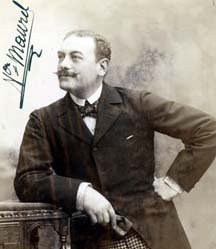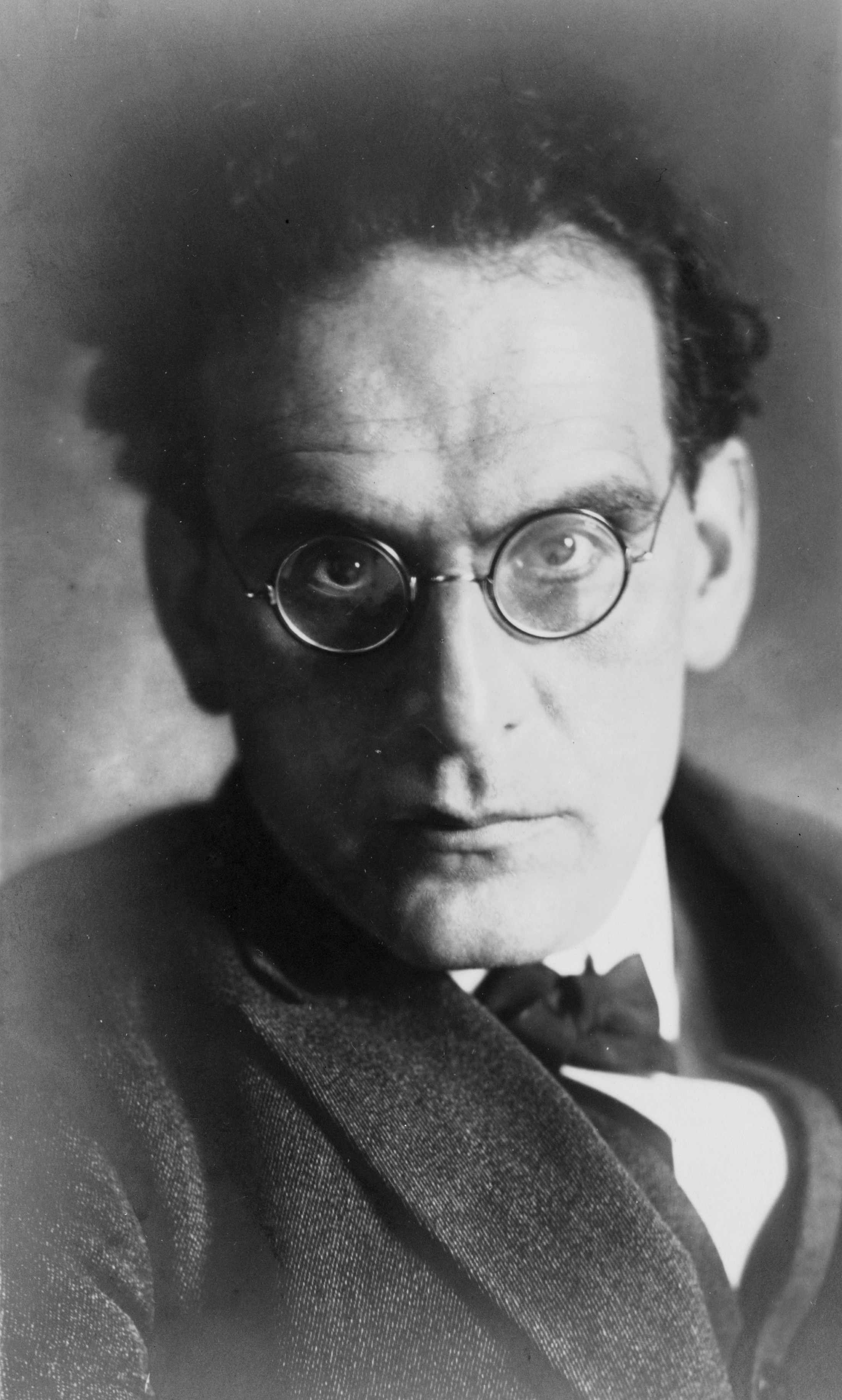|
Paul Bulß
Paul Bulß (19 December 1847 – 19 March 1902) was a German baritone, mostly in opera but also in concert and recital, who appeared at leading court opera houses including Dresden, Berlin and Vienna. He appeared in title roles such as Mozart's Don Giovanni, Marschner's Hans Heiling, Rossini's Barber and Wagner's Holländer. He created roles in several world premieres, such as in Kienzl's '' Der Evangelimann'' and ''Don Quixote''. Life Born in the Birkholz estate, Prignitz district in Brandenburg,"Paul Bulß" '''', 1892 Bulß, son of the manor's owner, was discovered by his singing teacher [...More Info...] [...Related Items...] OR: [Wikipedia] [Google] [Baidu] |
Prignitz
Prignitz () is a ''Kreis'' (district) in northwestern Brandenburg, in northeastern Germany. Neighboring districts, clockwise from the north, are Ludwigslust-Parchim (in Mecklenburg-Western Pomerania), Ostprignitz-Ruppin (Brandenburg), Stendal (district), Stendal (Saxony-Anhalt), and Lüchow-Dannenberg (Lower Saxony). Geography The term Prignitz originally meant the region north of the confluence of the Elbe and Havel rivers. This region is larger than the district. It also includes the town of Havelberg in Saxony-Anhalt and large portions of the neighbouring district of Ostprignitz-Ruppin. The Elbe river forms the southwestern border of the district. History The historical region Prignitz consisted of the following eleven districts, established in the 13th century: Wittenberge, Lenzen, Perleberg, Putlitz, Kyritz, Nitzow, Wittstock, Pritzwalk, Havelberg, Wusterhausen and Grabow. The present district of Prignitz was created in 1993 by merging the previous districts of Pritzwalk and ... [...More Info...] [...Related Items...] OR: [Wikipedia] [Google] [Baidu] |
Eduard Mantius
Jacob Eduard Mantius (18 January 1806 – 4 July 1874) was a German operatic tenor, composer, and voice teacher. Life Born in Schwerin, Mantius, at the request of his father, a factory owner, began studying law at the University of Rostock in the autumn of 1826. A year later, he discontinued his studies and moved to Leipzig to study music, taking singing lessons with Christian August Pohlenz, the director of the Gewandhausorchester at the time. In 1829, he sang the tenor parts at a concert in Halle (Saale) conducted by Gasparo Spontini, the general music director of the Staatsoper Unter den Linden in Berlin. In the same year, he became a member of the Berliner Singakademie, which was conducted by Karl Friedrich Zelter. In 1830, King Frederick William III of Prussia appointed him as a singer at his court opera. He debuted there with great success as Tamino in Mozart's ''Magic Flute''. His sonorous tenor and acting talent soon brought him fame beyond Berlin. After ending his s ... [...More Info...] [...Related Items...] OR: [Wikipedia] [Google] [Baidu] |
Tannhäuser (opera)
''Tannhäuser'' (; full title , "Tannhäuser and the Minnesängers' Contest at Wartburg") is an 1845 opera in three acts, with music and text by Richard Wagner ( WWV 70 in the catalogue of the composer's works). It is based on two German legends: Tannhäuser, the mythologized medieval German Minnesänger and poet, and the tale of the Wartburg Song Contest. The story centres on the struggle between sacred and profane love, as well as redemption through love, a theme running through most of Wagner's work. The opera remains a staple of major opera house repertoire in the 21st century. Composition history Sources The libretto of ''Tannhäuser'' combines mythological elements characteristic of German ''Romantische Oper'' (Romantic opera) and the medieval setting typical of many French Grand Operas. Wagner brings these two together by constructing a plot involving the 14th-century '' Minnesänger'' and the myth of Venus and her subterranean realm of Venusberg. Both the histori ... [...More Info...] [...Related Items...] OR: [Wikipedia] [Google] [Baidu] |
Carmen
''Carmen'' () is an opera in four acts by the French composer Georges Bizet. The libretto was written by Henri Meilhac and Ludovic Halévy, based on the novella of the same title by Prosper Mérimée. The opera was first performed by the Opéra-Comique in Paris on 3 March 1875, where its breaking of conventions shocked and scandalised its first audiences. Bizet died suddenly after the 33rd performance, unaware that the work would achieve international acclaim within the following ten years. ''Carmen'' has since become one of the most popular and frequently performed operas in the classical canon; the " Habanera" and "Seguidilla" from act 1 and the " Toreador Song" from act 2 are among the best known of all operatic arias. The opera is written in the genre of ''opéra comique'' with musical numbers separated by dialogue. It is set in southern Spain and tells the story of the downfall of Don José, a naïve soldier who is seduced by the wiles of the fiery gypsy Carmen. Jos� ... [...More Info...] [...Related Items...] OR: [Wikipedia] [Google] [Baidu] |
Vienna State Opera
The Vienna State Opera (, ) is a historic opera house and opera company based in Vienna, Austria. The 1,709-seat Renaissance Revival venue was the first major building on the Vienna Ring Road. It was built from 1861 to 1869 following plans by August Sicard von Sicardsburg and Eduard van der Nüll, and designs by Josef Hlávka. The opera house was inaugurated as the "Vienna Court Opera" (''Wiener Hofoper'') in the presence of Emperor Franz Joseph I and Empress Elisabeth of Austria. It became known by its current name after the establishment of the First Austrian Republic in 1921. The Vienna State Opera is the successor of the old Vienna Court Opera (built in 1636 inside the Hofburg). The new site was chosen and the construction paid by Emperor Franz Joseph in 1861. The members of the Vienna Philharmonic are recruited from the Vienna State Opera's orchestra. The building is also the home of the Vienna State Ballet, and it hosts the annual Vienna Opera Ball during the ca ... [...More Info...] [...Related Items...] OR: [Wikipedia] [Google] [Baidu] |
Pagliacci
''Pagliacci'' (; literal translation, 'Clowns') is an Italian opera in a prologue and two acts, with music and libretto by Ruggero Leoncavallo. The opera tells the tale of Canio, actor and leader of a commedia dell'arte theatrical company, who murders his wife Nedda and her lover Silvio on stage during a performance. ''Pagliacci'' premiered at the Teatro Dal Verme in Milan on 21 May 1892, conducted by Arturo Toscanini, with Adelina Stehle as Nedda, Fiorello Giraud as Canio, Victor Maurel as Tonio, and Mario Ancona as Silvio. Soon after its Italian premiere, the opera played in London (with Nellie Melba as Nedda) and in New York (on 15 June 1893, with Agostino Montegriffo as Canio). ''Pagliacci'' is the best-known of Leoncavallo's ten operas and remains a staple of the repertoire. ''Pagliacci'' is often staged with ''Cavalleria rusticana'' by Pietro Mascagni, a double bill known colloquially as "Cav/Pag". Origin and disputes Leoncavallo was a little-known composer when Pietro Masc ... [...More Info...] [...Related Items...] OR: [Wikipedia] [Google] [Baidu] |
Albert, King Of Saxony
Albert (23 April 1828 – 19 June 1902) was King of Saxony from 29 October 1873 until his death in 1902. He was the eldest son of Prince John (who succeeded his brother Frederick Augustus II on the Saxon throne as King John in 1854) by his wife Amalie Auguste of Bavaria. Albert had a successful military career, leading Saxon troops that participated in the First Schleswig War, the Austro-Prussian War, and the Franco-Prussian War. Early life Albert's education, as usual with German princes, concentrated to a great extent on military matters, but he attended lectures at the University of Bonn. His first experience of warfare came in 1849, when he served as a captain in the First War of Schleswig against Denmark. When the Austro-Prussian War broke out in 1866, Albert, then Crown Prince (German: ''Kronprinz''), took up the command of the Saxon forces opposing the Prussian Army of Prince Friedrich Karl of Prussia. No attempt was made to defend Saxony, and the Saxons fe ... [...More Info...] [...Related Items...] OR: [Wikipedia] [Google] [Baidu] |
Gewandhaus
Gewandhaus () is a concert hall in Leipzig, the home of the Leipzig Gewandhaus Orchestra. Today's hall is the third to bear this name; like the second, it is noted for its fine acoustics. History The first Gewandhaus (''Altes Gewandhaus'') The first concert hall was constructed in 1781 by architect Johann Carl Friedrich Dauthe inside the ''Gewandhaus'', a building used by cloth (garment) merchants. Beethoven's Piano Concerto No. 5 (The Emperor Concerto) premiered here in 1811. Felix Mendelssohn is particularly associated with the first Gewandhaus, of which he was director from 1835. Other well-known works which premiered at the Altes Gewandhaus include: * Schubert's Great Symphony (21 March 1839, posth.) * Schumann's Symphony No. 1 (Schumann), Spring Symphony (31 March 1841) * Mendelssohn's Scottish Symphony (3 March 1842) * Mendelssohn's Violin Concerto (13 March 1845) * Wagner's overture to ''The Mastersingers of Nuremberg'' (2 June 1862; the full opera was not performed unt ... [...More Info...] [...Related Items...] OR: [Wikipedia] [Google] [Baidu] |
Staatstheater Kassel
The Staatstheater Kassel is a state-owned and operated German theater in Kassel, Germany. The theatre employs around 500 people. The opera house has 953 seats, the Playhouse Theatre 540 seats and the Fridericianum 99 seats. With its total number of 1,592 seats, the theater recorded around 227,000 attendances in the 2008/09 season. History A permanent theatre house existed in Kassel during the first decade of the 17th century. It stood immediately next to the Ottoneum near the State Theatre, which is now used as a Natural History Museum and is considered one of the oldest of its kind north of the Alps. Further buildings were constructed for use as public theatre venues, and in the 18th century the opera house was erected on Königsstraße, in which the singer Elisabeth Mara staged her first success and which was conducted by Louis Spohr. On the orders of Kaiser Wilhelm II, a theatre was built in 1909 possessing one of the largest stages in the country and seating for an audien ... [...More Info...] [...Related Items...] OR: [Wikipedia] [Google] [Baidu] |
Cologne Opera
The Cologne Opera (German language, German: Oper der Stadt Köln or Oper Köln) refers to both the main opera house in Cologne, Germany and its resident opera company. History of the company From the mid 18th century, opera was performed in the city's court theatres by travelling Italian opera companies. The first permanent company in the city was established in 1822, and performed primarily in the Theater an der Schmierstraße (built in 1783 as a private theatre and also used for plays and concerts). The opera company later performed in Theater in der Glockengasse (built in 1872) and in the Theater am Habsburger Ring (built in 1902). The Theater am Habsburger Ring was constructed by the city of Cologne and became its first theatre to be specifically designed as an opera house. The opera house The current opera house was designed by the German architect, Wilhelm Riphahn. It was inaugurated on 8 May 1957 in the presence of Konrad Adenauer, then the Chancellor of Germany and a form ... [...More Info...] [...Related Items...] OR: [Wikipedia] [Google] [Baidu] |
Theater Lübeck
The Theater Lübeck (formerly ''Stage of the Hansestadt Lübeck'', colloquially ''Stadttheater'') is one of the largest theaters in the German state of Schleswig-Holstein. It is managed by ''Theater Lübeck GmbH'', a state-owned company of the Hansestadt Lübeck. Public interest in theatrical works and opera arose in Lübeck in the early days of the Age of Enlightenment and the first opera production in the city took place on 2 June 1746 in the house of master craftsman Schröder Ecke on the Königstraße. The predecessor of the current building dates from 1752. The transition of the company to the city in the 19th century is described by Thomas Mann in his novel ''Buddenbrooks''. Prominent conductors that began their careers in Lübeck include Hermann Abendroth, Wilhelm Furtwängler and Christoph von Dohnányi. Structure The Theater was built in 1908 in the Art Nouveau style, on the site of an 18th-century theater on the Beckergrube in Lübeck's Old City. It was designed b ... [...More Info...] [...Related Items...] OR: [Wikipedia] [Google] [Baidu] |







